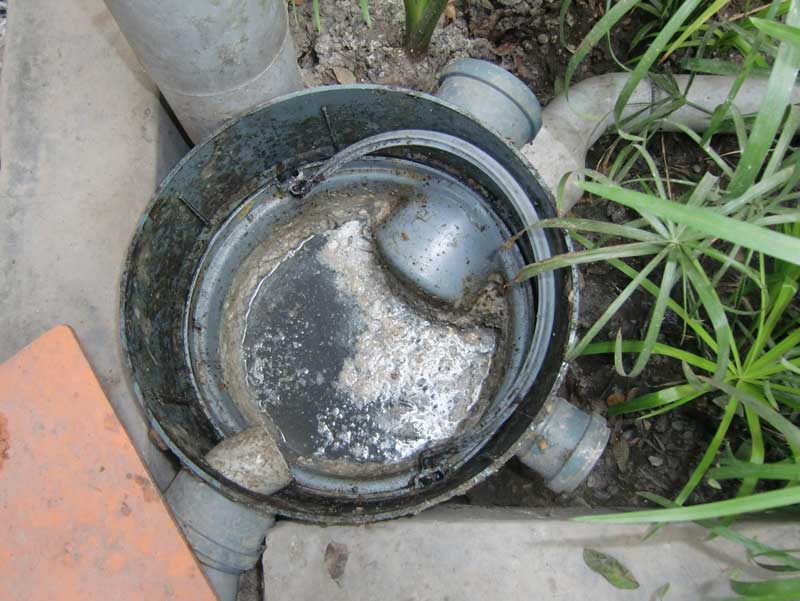
How Grease Traps work
Grease traps are not the new method that works for your drainage system to remain clean. It’s been used by the peoples for more than 100 years. The majority of the people also called it FOG traps or Grease catchers. The use of these traps is evident in Hotels, Bars, Restaurants, Bakeries, Cafes, and institutions.
Different countries tend to separate a million tons of fat and grease from the pipelines to prevent it from a water leak.
What is the Grease Trap?
The grease trap tends to be a water separator that helps every house, office, hotel, restaurant, or anything else remove a considerable amount of fat and oil from the water. The majority of the people know it with the name of FOG. The full form of FOG is Fats, Oil, and Grease.
Apart from that, you should also know that the Grease trap is not a versatile method to apply to every place. It doesn’t provide better solutions with any place. You can consider it for only the places where fats and oils are in an excessive amount. Considering it for toilers or showers is not a preferable thing, and you will never get ideal results. People use it in their restaurants, bars, and cafes to keep the pipeline blockage clear to avoid facing water leakage. Otherwise, the results could stick them to a considerable loss.
Why can Grease cause you issues?
Sewerage lines are one of the crucial parts of any place. Maintaining it poorly can cause you a high amount of issues that you may never think about. The sewerage water after the blockage could create dirty smell throughout the room and stop the work of your restaurants, cafes, or pubs.
When the grease is in the hot form, you will never consider or phase it. When it gets cool down, it can become a huge issue for you. The grease can firmly stick around the pipe and can stop other foodstuffs from blocking. Also, it can cause environmental aspects terrible for peoples.
Working Procedure of Grease Trap
When the grease becomes less dense 15 to 20% compared to water, the grease trap work will start. The percentage of consistency keeps the fat or oil to float at the top of the water. You can consider the laws of gravity in this situation to separate the Fat, Oil, and grease from the material. It will show you three layers of grease as opposed to the density of the different materials.
When Grease water enters the trap, it maintains the flow rate so the waste could get into three layers after getting cool down. Then baffles system is used throughout the process to let the grease come at the top. There, the solid will stay at the bottom, and the remaining separated water will escape. You can also see various other grease traps where they have included Strainers to collect solid things. All this makes the water leak impossible in the pipeline.
Grease Traps Types
At the current time, there are three different types of Grease Traps available in the market, such as Gravity, Automatic, and passive hydro mechanical.
Gravity
The gravity Grease Traps are usually made up of steel, Fiberglass, or concrete. The working procedure of the gravity trap works almost in the same manner as the hydro-mechanical. However, it providers more capacity and advanced applications of high-flow.
Passive Hydro Mechanical
The passive tends to be a manual grease trap used in smaller places. It comes at a very affordable rate, so you only make it useable for less messy places. It’s also the traditional and oldest type of grease traps people use to prevent water leak due to fat, oil, and grease in the pipeline.
Automatic
As implies to its name, you could already assume that it works automatically for you. However, the principle applies to it is the same as the hydro-mechanical grease trap. It automatically works to separate the FOG and collect it inside a bin to do recycling or reuse the material. The automatic is one of the best types of grease trap consider by business owners to prevent water leakage from the pipeline.
